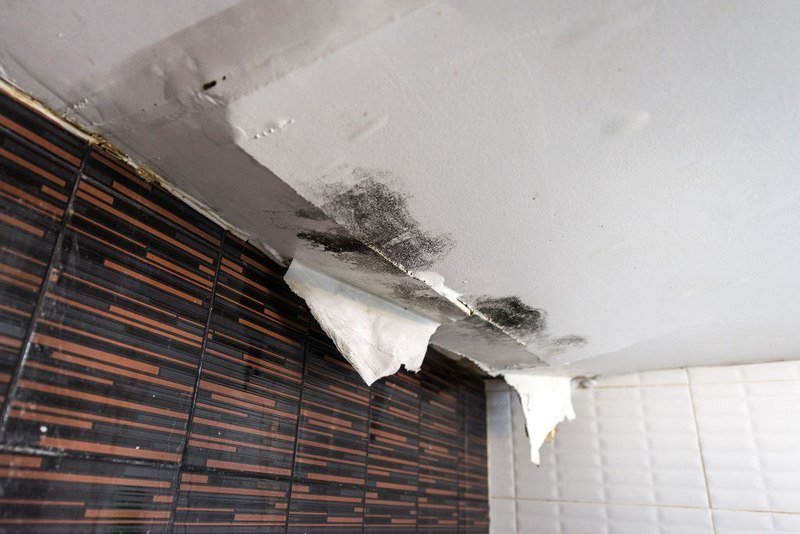Were you trying to locate help and advice about How to Find Water Leaks?

Leakages not just trigger waste of water however can additionally create unnecessary damages to your house and advertise unwanted organic development. By recognizing and looking for day-to-day situations that create leakages, you can shield your residence from future leakages as well as unnecessary damage.
Trespassing roots
Most water leakages begin outside your home rather than inside it. If you notice an abrupt reduction in water pressure, claim in your faucet, take time to head out as well as examine your yard. You may discover wet spots or sinkholes in your lawn, which might indicate that tree roots are attacking water lines creating water to permeate out. You can have your plumber check for breach, especially if you have trees or shrubs near your residential or commercial property.
Rusty water systems
As time passes by, your plumbing system ages as well as rust such as rust may begin gnawing the pipelines. This could be the reason for discoloration or warping on your water pipes. This calls for an assessment with your plumber immediately. Consider changing the pipes since they are at a greater danger of corrosion than the newer models if our plumbing system is old.
Defective Pipe Joints
The factor at which your pipelines attach is often the weakest web link in the waterline. Pipe joints can degrade over time, leading to water leakages. The bulk of pipe joints are not easily visible. If you have noisy pipes that make ticking or banging noises, specifically when the warm water is activated, your pipeline joints are possibly under a great deal of stress. It is recommended to have your plumber examine your system yearly.
Instantaneous temperature level modifications.
Extreme temperature level changes in our pipes can trigger them to broaden and also get suddenly. This growth as well as tightening might create splits in the pipelines, especially if the temperature are below freezing.
Poor Water Connectors
At times, a leakage can be brought on by loosened tubes and also pipelines that supply your home appliances. More often than not, shifting is what creates the loosened water Connections. You might locate when it comes to a washing equipment, a pipe may spring a leakage because of shaking throughout the spin cycle. In case of a water connections leakage, you may notice water running straight from the supply line or puddles around your devices.
Blocked Drains
Obstructed drains might be bothersome as well as inconveniencing, but they can often wind up triggering an overflow resulting in break pipes. Maintain getting rid of any kind of products that may drop your drains pipes that could block them to avoid such hassles.
All the above are reasons for leaks yet not all water leakages result from plumbing leakages; some leaks could originate from roof covering leakages. All leaks should be repaired quickly to prevent water damages.
Leakages not only create waste of water yet can likewise trigger unneeded damage to your house and promote undesirable organic development. By recognizing as well as looking for day-to-day situations that cause leaks, you can shield your residence from future leakages and also unnecessary damage. Today, we will look at 6 leakage creates that might be triggering your pipes to leak.
At times, a leakage can be created by loose hoses and pipes that provide your devices. In situation of a water connections leakage, you might discover water running straight from the supply line or puddles around your devices.
How To Check For Water Leak In Your Home
How To Check for Leaks
The average household's leaks can account for nearly 10,000 gallons of water wasted every year and ten percent of homes have leaks that waste 90 gallons or more per day. Common types of leaks found in the home are worn toilet flappers, dripping faucets, and other leaking valves. These types of leaks are often easy to fix, requiring only a few tools and hardware that can pay for themselves in water savings. Fixing easily corrected household water leaks can save homeowners about 10 percent on their water bills.
To check for leaks in your home, you first need to determine whether you're wasting water and then identify the source of the leak. Here are some tips for finding leaks:
Take a look at your water usage during a colder month, such as January or February. If a family of four exceeds 12,000 gallons per month, there are serious leaks.
Check your water meter before and after a two-hour period when no water is being used. If the meter changes at all, you probably have a leak.
Identify toilet leaks by placing a drop of food coloring in the toilet tank. If any color shows up in the bowl after 10 minutes, you have a leak. (Be sure to flush immediately after the experiment to avoid staining the tank.)
Examine faucet gaskets and pipe fittings for any water on the outside of the pipe to check for surface leaks.
Undetected water leaks can happen without the home or business owner even realizing. If you suspect a water leak, but not able to find the source. It is time to contact a professional water leak detection service, The Leak Doctor.
How To Find a Water Leak In Your Home
https://www.leakdoctor.com/blog/How-To-Check-For-Water-Leak-In-Your-Home_AE197.html

I recently found that blog entry on Common Water Leaks In House while surfing around the web. Enjoyed our write-up? Please share it. Help somebody else discover it. Many thanks for taking the time to read it.
Need help? Call.